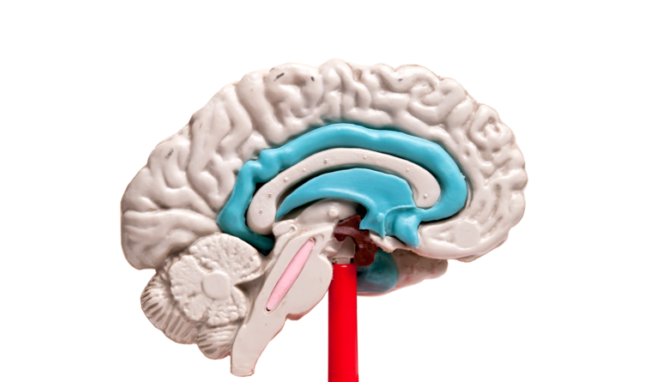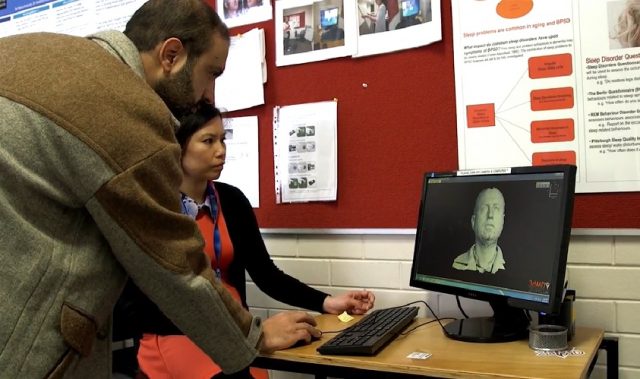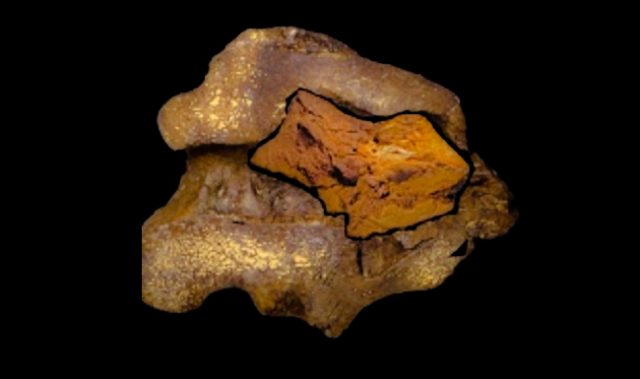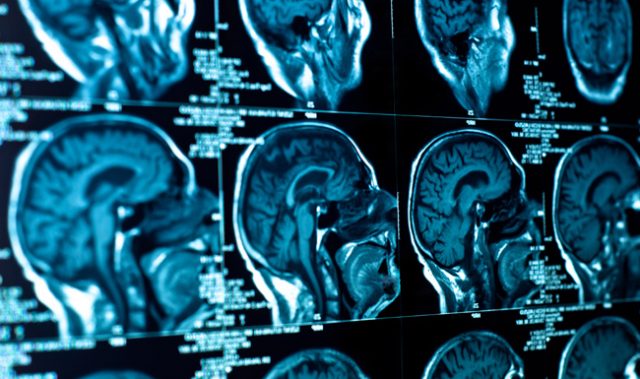
AsianScientist (Aug. 14, 2014) – Researchers have shown that electromagnetic stimulation can alter brain organization which may make your brain work better.
In results from a study published in the Journal of Neuroscience, researchers from The University of Western Australia and the Université Pierre et Marie Curie in France demonstrated that weak sequential electromagnetic pulses (repetitive transcranial magnetic stimulation, or rTMS) on mice can shift abnormal neural connections to more normal locations.
The discovery has important implications for treatment of many nervous system disorders related to abnormal brain organisation such as depression, epilepsy and tinnitus.
To better understand what magnetic stimulation does to the brain research associate professor Jennifer Rodger from UWA’s School of Animal Biology and her colleagues tested a low-intensity version of the therapy—known as low-intensity repetitive transcranial magnetic stimulation (LI-rTMS)—on mice born with abnormal brain organization.
Lead author, PhD candidate Kalina Makowiecki, said the research demonstrated that even at low intensities, pulsed magnetic stimulation could reduce abnormally located neural connections, shifting them towards their correct locations in the brain.
“This reorganization is associated with changes in a specific brain chemical, and occurred in several brain regions, across a whole network. Importantly, this structural reorganization was not seen in the healthy brain or the appropriate connections in the abnormal mice, suggesting that the therapy could have minimal side effects in humans.
“Our findings greatly increase our understanding of the specific cellular and molecular events that occur in the brain during this therapy and have implications for how best to use it in humans to treat disease and improve brain function,” Ms Makowiecki said.
The article can be found at: Makowiecki et al. (2014) Low-Intensity Repetitive Transcranial Magnetic Stimulation Improves Abnormal Visual Cortical Circuit Topography and Upregulates BDNF in Mice.
———-
Source: University of Western Australia; Photo: GreenFlames09/Flickr/CC.
Disclaimer: This article does not necessarily reflect the views of AsianScientist or its staff.












